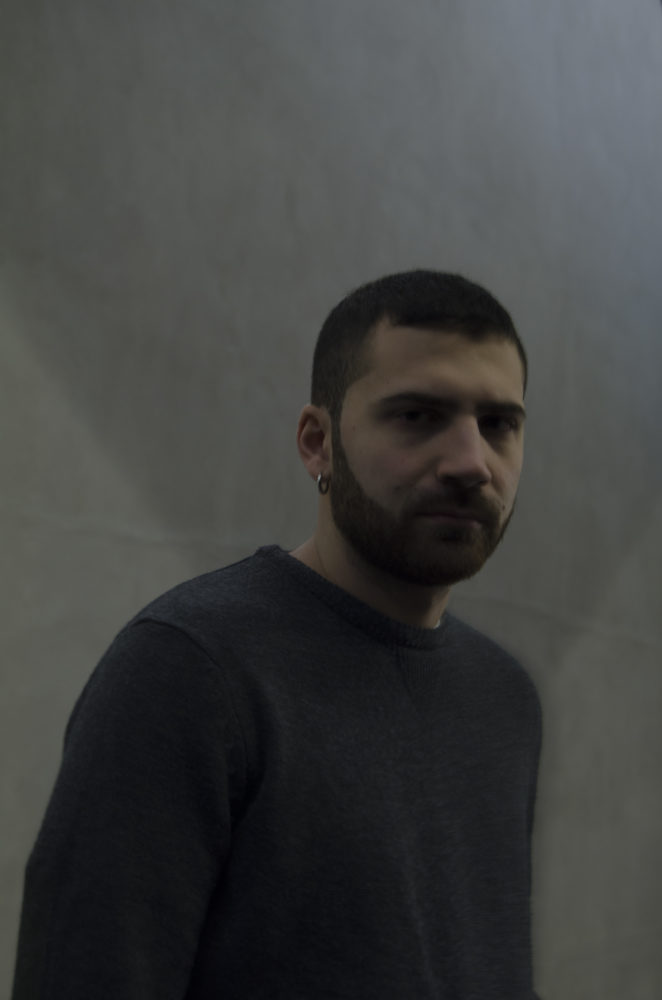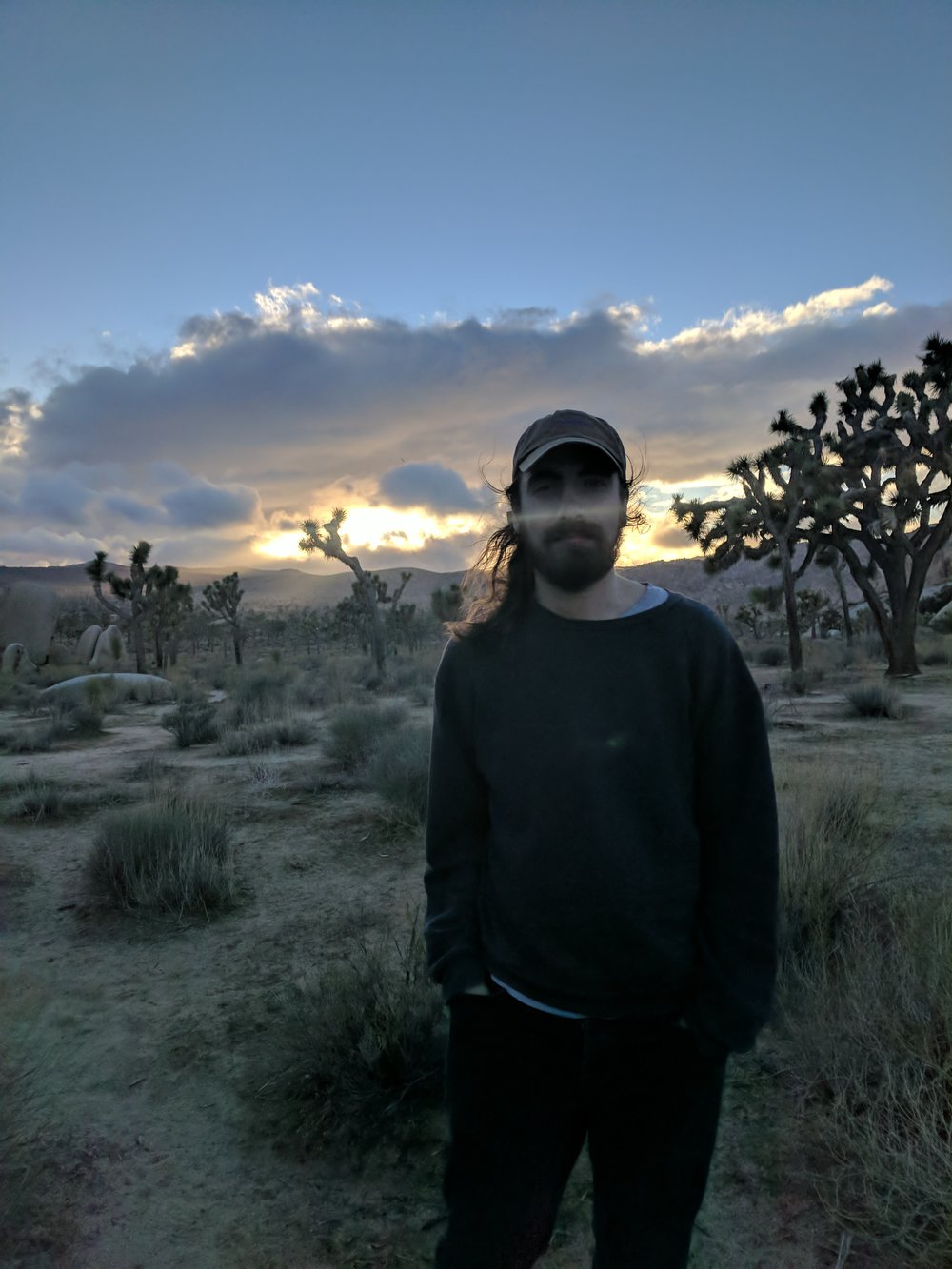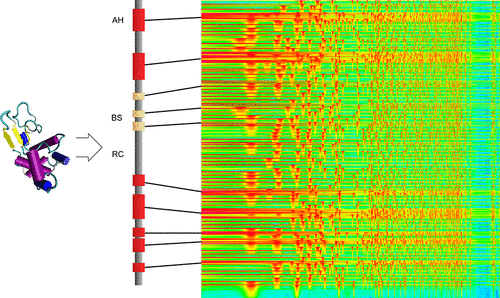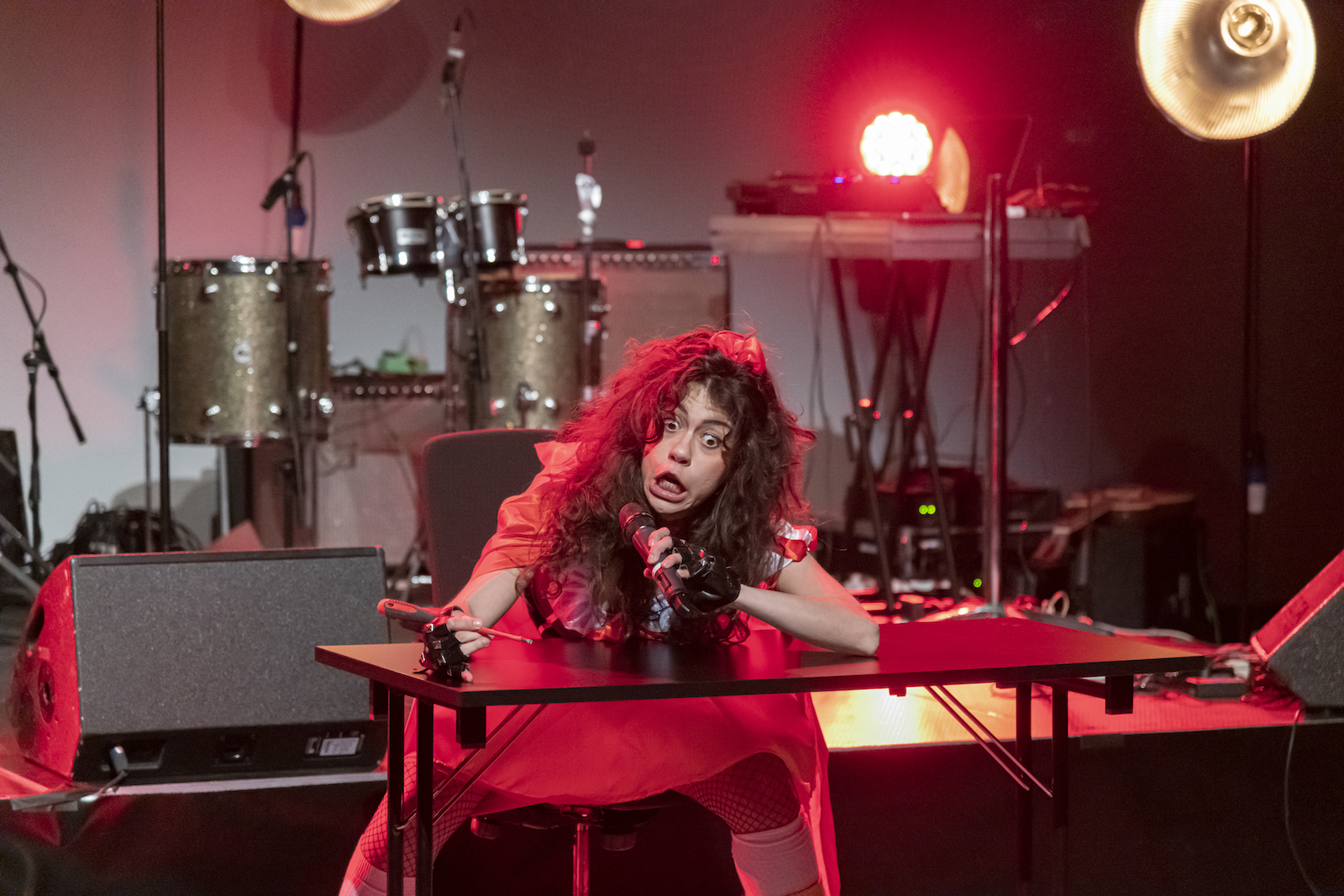Giuseppe Pisano – Being An Artist is Horrible

Essay by Giuseppe Pisano
The outburst of Covid-19 is having disastrous consequences for everyone but, personally as one that works within the arts, I wanted to direct attention towards some elements that are pertinent in my field to understand how artistic communication – especially music which is mostly a live art based on performance – has tuned in this emergency and what are the countermeasures artists have adopted to face this crisis.
In the past days I’ve kept contact with the community of l’Asilo, an independent and politically active art production centre in Napoli that I’ve been part of, as well as the improvised music orchestra, OEOAS [Orchestra Elettroacustica Officina Arti Soniche], I play with. In addition to this, I’ve been observing a plethora of groups, pages, forums and communities to observe reactions and map the variety of moods these days.
Concerts and festival cancelled, venues closing. For many people that work as freelancers this means no income and very hard times ahead. The anxiety of the fight to maintain some sort of status and relevance inside the virtual public space is basically what caused the enormous surge of online events, streaming performances, concerts and podcasts that exploded on YouTube and Facebook as a result of the lockdown. It didn’t last very long. Soon these platforms were saturated with content, lost in that mare magnum of random utterances, listening suggestions and relentless advertisements.
In this situation, social networks are no longer merely a way to communicate the details of an event that will then happen in another space, with all its rituals, but it has instead become a cumbersome container into which artists need to adapt their work in order to make it fit. This generates a relevant array of political issues that touch upon artistic ownership, respect for artists own practices, income and logics of consumption.
Above all, artists should consider whether it is worth disseminating their work on platforms that are private, centralized and clearly operate such strict control on the contents that are published. On Facebook, every time we press the “share” button we are signing a contract, an IP License, that grants the platform “a non-exclusive, transferable, sub-licensable, royalty-free, worldwide license to use any [IP] content that you post on or in connection with Facebook.”
IP stands for intellectual property, and what we are agreeing to allows Facebook to make free use of whatever kind of content we upload. The non-exclusive term means that we are of course still allowed to post anything posted on Facebook also on other platforms, but the transferable and sub-licensable terms means that whatever we post can be used deliberately by other people on Facebook and by Facebook itself beyond the platform for many different purposes: these include surveying, monitoring and market analysis, but also censorship.
Moreover, deleting one’s account breaks the contract one has with Facebook but not the contracts Facebook has with others, making it possible for the website to still use all IP we upload that has been reposted by others.
Committing our work on such a platform and on such terms means to accept a strong superimposed structure of power, a structure into which we are all radically embedded and that drastically influences our lives and routines to the extent that we cannot even recognize it anymore. Many people are nowadays concerned about the visible surveillance devices adopted by several countries to manage the Covid-19 outbreak, while at the same time the invisible and apparently non-constrictive one we use daily is totally overlooked.
Another aspect worth considering is connected to what respect the work of an artist can have on such platforms. Live streaming shrinks space creating a new model of distance between artists and audience that is strongly asymmetric. On one hand the artist is a pure exposed output, naked, and deprived of the possibility to interpret the audience, on the other hand the audience gains absolute freedom of interaction, overriding the rituality of the performance and making it collapse. Listeners can zap in between things, leave and go, and act as they please because they are screened. Artists need to flash, make their work as immediate as possible, to capture attention and make people want to stay. In this unbalanced relation, the audience is not really attending an event, nor agreeing to the unspoken contract that lays behind the concert rituals; they watch and listen but do not participate in the performance, turning everything into a voyeuristic experience.
This opens up for reflections upon how we consume art. These days we have been flooded with artistic outputs that supposedly should have helped us to survive the quarantine; according to Christian Calandro, who published a very insightful article on this topic, the fruition scheme of such content stayed the same as before the lockdown, a practice of consumption. Consumption has been – for far too long – confused with the actual experience of arts, but it is truly just again a bulimic and anxious mechanism that people switch on to keep themselves updated, to stay efficient, to not be caught unaware.
But keeping the stream going, in the exact same modality, just changing the space is both self-defeating and counterproductive in the perspective of opening a discussion about consumption. We finally have the chance to discuss arts fruition mechanisms in relation to the media, but instead we are letting it devour artistic work and flattening it down to the same level as every other kind of entertainment. In light of what is going on, adapting artistic work to make it fit the container is pulling a concert of experimental music and the latest Netflix series on the same plane and bulldozing the sense of our practice.
It is also important to state how such artistic outputs generate little to no income. Despite many of these shows giving the audience a chance to contribute with a donation, it is usually not enough for an artist to ensure survival and does not reflect by any means the effort made by the artist in the idealization, rehearsal and performance of a work.
Changing the space of the performance and making it cheap (which is quite different from making it free) are practical solutions to the wrong problem. Artists are trading their practical means of survival for visibility, hoping for a restoration of the market as it was.
But the issue that should be focused on is not how to survive when performances are cancelled, but what part of an artist’s work is worth remuneration.
We as artists and consumers should problematize the entire production mechanism and acknowledge that it is time to rethink the logic behind cultural arrangements. We must imagine a different economic infrastructure that is not event-based and can support arts and culture making it truly democratic, encouraging its diffusion and, most important, heterogeneity.
In the past years the role of the artist has changed from being the subject that makes arts, a filter through which we look at the world, a means of interpretation of reality, to becoming the object of his or her own work. The art project is the artist itself, who feels, of course, almost morally entitled to adopt every possible strategy to convey his or her identity forward. This tendency has also been endorsed by institutional “artistic research”, a system that encourages individual reflection and determines whether an economic investment is justified based on the practical outcome of works and papers. But the model for cultural sustainability cannot be “the survival of the fittest”. Artists need to think as a group, a unified cultural scene, or a crowd and not like a swarm of individuals. Arts also need to rediscover a social role and perspective, pushing in the direction of collectivization rather than atomization, to limit competition and self-referentiality which is the ultimate manifestation of the spirit of capitalism.
In every direction, the market, the academies and every institution have required artists to think productively and to optimize every aspect of their life in an Arbeit macht frei stance that relies on the obsession over one’s own career. The process is no different than in any other profession, but it features in addition a very subtle psychological push, the paradox of passion. A culture worker needs to treat their job in the most effective and professional possible way while still claiming it to be their biggest passion, that thing that they cannot live without, that they would do anyways, even for free, and will eventually do for free.
An artist must not only be good, but also passionate, and this passion must be the drive that lets them cross borders that they wouldn’t cross otherwise, with the result of enabling a wicked and non-sustainable system of cheap (often black) labour exploitation.
In a comment on Byung Chul Han’s book “The burnout society” Slavoj Žižek writes, “imagine I would be hired to advertise a product so as to convince people to buy it […] I should exploit my creativity to the maximum, trying to find original solutions, this effort can be more tiresome than repetitive work on the assembly line. Now imagine the product is yourself, your identity and every aspect of your life.” (Slavoj Žižek – Perchè siamo sempre stanchi [why are we always tired] (my translation))
But what we should not forget is that this is not a time of crisis for the arts, instead, it is only a time of crisis for the market. A crisis that brings opportunities to reflect, reconsider and refuse. The practices are not in crisis, they stay the same, intact, and should be cultivated in our private gardens, with love, away from prying eyes. Pledging arts to the continuous feed of entertainment, being a continuous advertisement for the artists’ identity, will eventually destroy our practices and nullify the sense of our research. Continuity, over-publication and pollution do not help arts, instead, they normalize it, they kill the internal energy that makes it necessary, as meant by Ferlinghetti in his “Poetry as Insurgent Art”.
We do remain, at the end of the day, when the noisy dust of openings, vernissages, happenings, events and presentations settles. If we stop because the market stops, maybe we were at the wrong side of the barricade.
Info: Giuseppe Pisano is an Italian sound artist currently based in Paris. This article is an excerpt from the essay “bees in the hive. a reflection from macro to micro upon the power structure of capitalism and the volatility of the individual in the illusionary freedom of digital utopia.”



